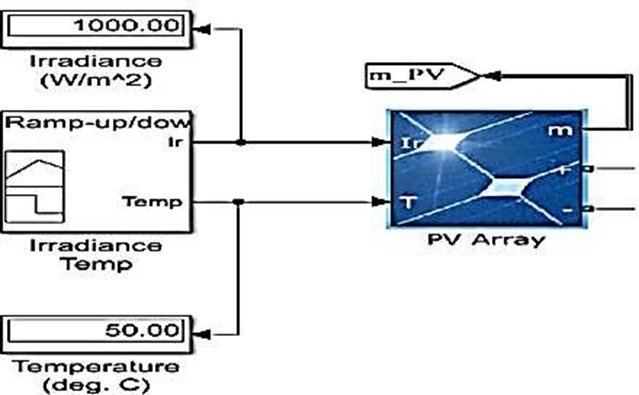Comparison of Incremental Conductance and Perturb and Observe Techniques of Maximum Power Point Tracking for PV Systems
Keywords:
IC, MPPT, P&O, PV.Abstract
The unceasing increase of the global energy call is linked with societies increasing awareness of the environmental effects of the extensive fossil fuels utilization. It has directed to the search for renewable energy sources, like as photovoltaic (PV) technology. The power from solar PV is connected directly to loads or fed to the grid. In general PV system is considered initially more expensive, however, it is the best suitable solution for standalone systems. With the developments in PV technologies, their applications increase rapidly, and grid-connected PV systems become popular. It indicates that PVs are more attractive to produce environmentally friendly electricity for various purposes. This research paper presents a comparison of incremental conductance (IC) and perturb and observe (P&O) in grid-connected PV. The study begins by providing a background on MPPT and the two specific techniques being evaluated. The P&O technique perturbs the voltage of PV array and notices the response in power output, while the IC method implements the slope of the power voltage curve to incrementally adjust the operating point. At the end, it was observed that the INC MPPT technique accomplished maximum power point quickly. Similarly, there was less fluctuation in I&C method than in P&O method. The paper concludes that the IC method is a more appropriate choice for MPPT in grid-connected PV systems due to its superior performance and robustness.
Downloads

Published
How to Cite
Issue
Section
Copyright (c) 2023 Authors

This work is licensed under a Creative Commons Attribution 4.0 International License.




